New to composting -- nothing happening
RogueKnits
9 years ago
Related Stories
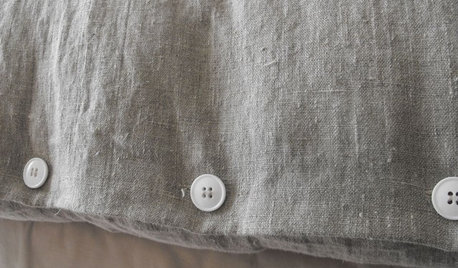
UPHOLSTERYFabric Focus: There's Nothing Quite Like Linen
Classic, understated, durable and mildew-resistant, linen is a casual fabric fit for any home
Full Story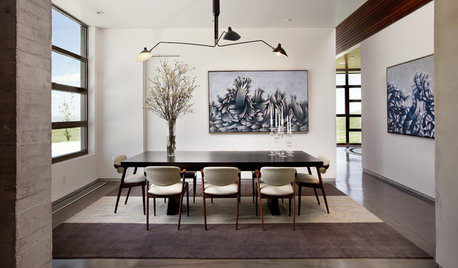
DECORATING GUIDES12 Decorating Scenarios When You Should Do Nothing at All
By embracing the positives of negative space, you can strategically highlight key furnishings, give the eye a rest and create focal points
Full Story
DECORATING GUIDESYou Said It: 'If You Do Nothing Else ... Clean Your Gutters,' and More
Design advice, observations and inspiration that struck a chord this week
Full Story
GARDENING GUIDESGet on a Composting Kick (Hello, Free Fertilizer!)
Quit shelling out for pricey substitutes that aren’t even as good. Here’s how to give your soil the best while lightening your trash load
Full Story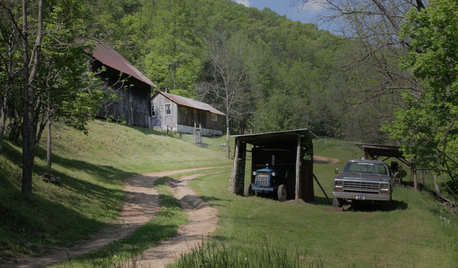
TASTEMAKERSNew Series to Give a Glimpse of Life ‘Unplugged’
See what happens when city dwellers relocate to off-the-grid homes in a new show premiering July 29. Tell us: Could you pack up urban life?
Full Story
GARDENING GUIDESHouzz TV: Make a Worm Bin for Rich Soil and Happy Plants
A worm-powered compost bin that can fit under a sink turns food scraps into a powerful amendment for your garden. Here’s how to make one
Full Story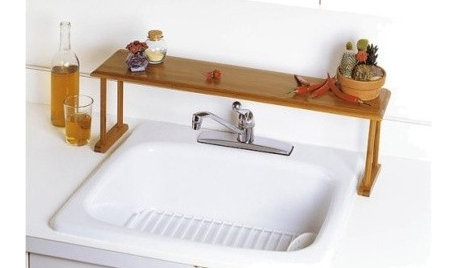
KITCHEN DESIGNGuest Picks: Organizing Your Kitchen for the New Year
Resolve to find a place for plastic bags, compost and piles of dishes to declutter your kitchen
Full Story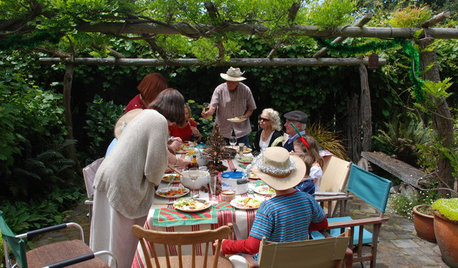
HOLIDAYSPeek in on a Traditional Christmas — in a Summery Garden
Turkey and plum pudding grace this family's holiday table, but it happens to be set smack dab in a lush New Zealand garden
Full Story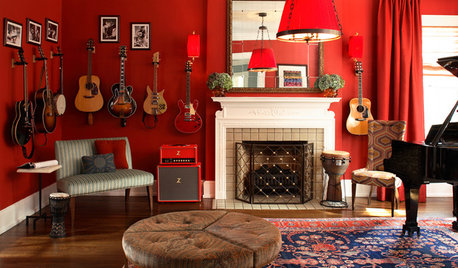
DECORATING GUIDESSpare Room? Lucky You. Here are 12 Fresh Ways to Use It
Imagine all the things you could do in your extra space: painting, planting, playing or nothing at all
Full StoryMore Discussions







luckygal
lazy_gardens
Related Professionals
Maple Valley Landscape Architects & Landscape Designers · Cerritos Landscape Contractors · Dallas Landscape Contractors · Forest Hills Landscape Contractors · South Lyon Landscape Contractors · New Carrollton Landscape Contractors · Algonquin Decks, Patios & Outdoor Enclosures · Brentwood Decks, Patios & Outdoor Enclosures · Fort Lee Decks, Patios & Outdoor Enclosures · Greendale Decks, Patios & Outdoor Enclosures · Medford Decks, Patios & Outdoor Enclosures · Morgan Hill Decks, Patios & Outdoor Enclosures · Parlier Decks, Patios & Outdoor Enclosures · St John's Kirk Decks, Patios & Outdoor Enclosures · Scotts Valley Decks, Patios & Outdoor EnclosuresRogueKnitsOriginal Author
lazy_gardens
Kimmsr
idaho_gardener
FarmerBen
nancyjane_gardener
greenthumbzdude
Molex 7a NYC
toxcrusadr
Kimmsr
Mackel-in-DFW